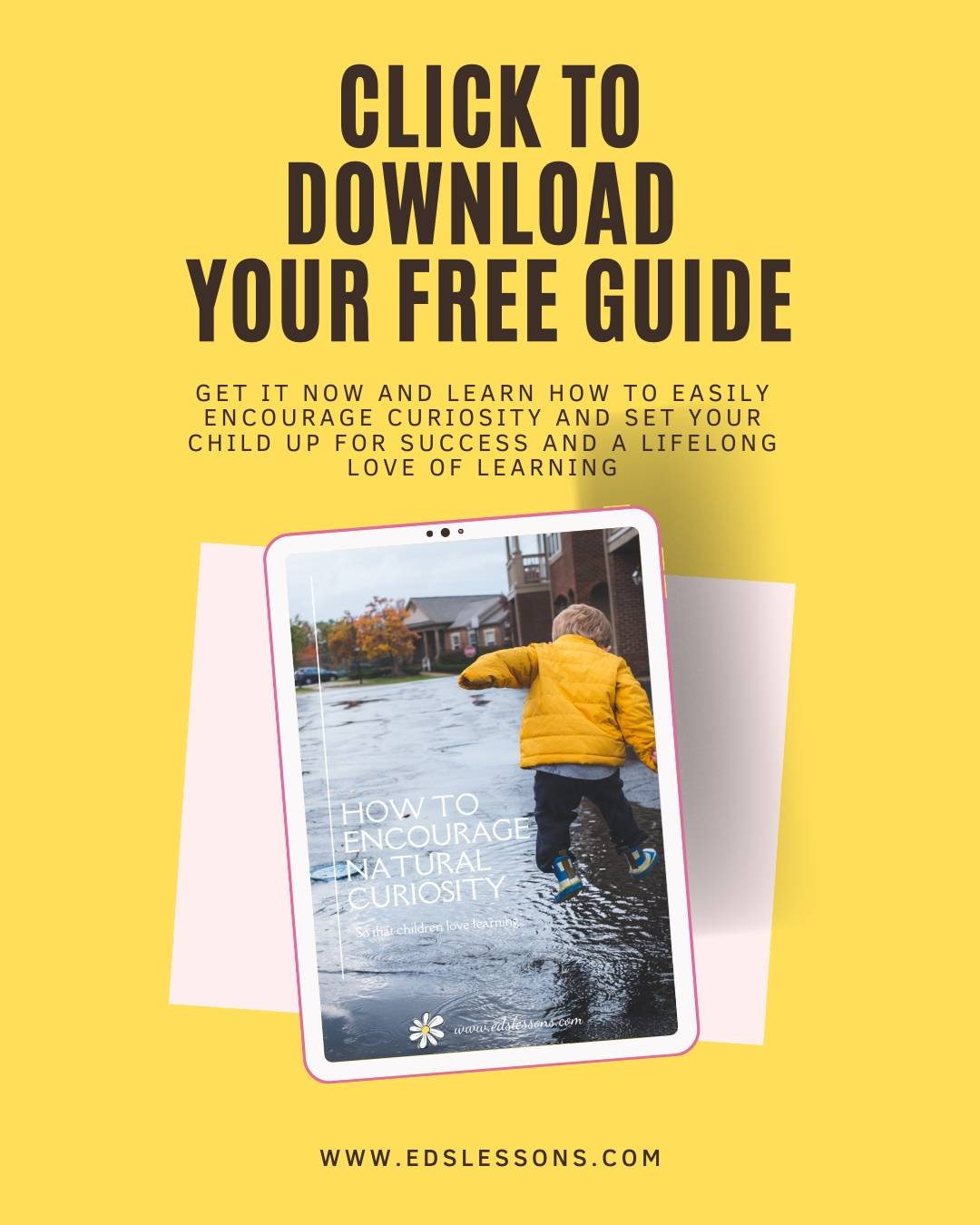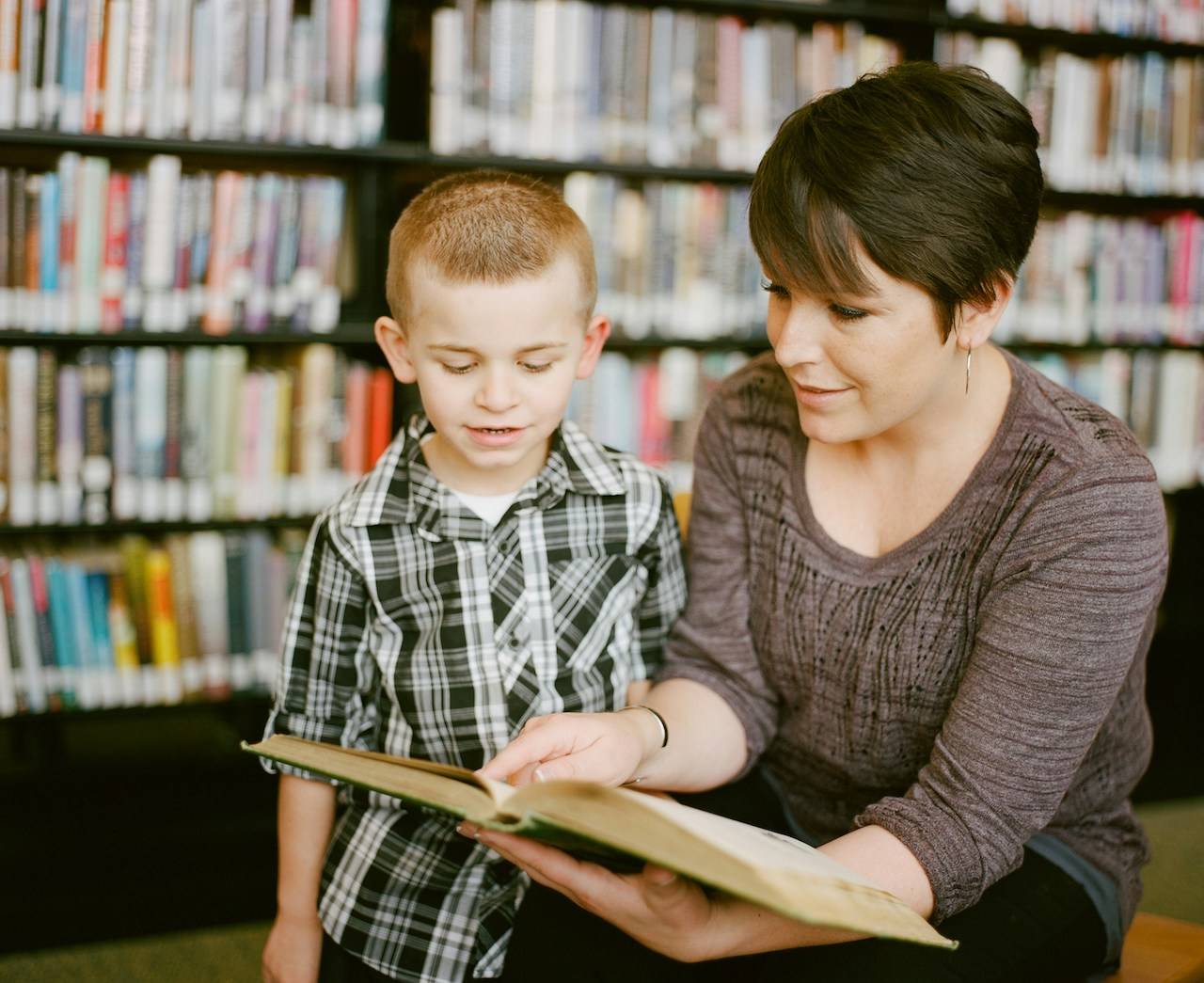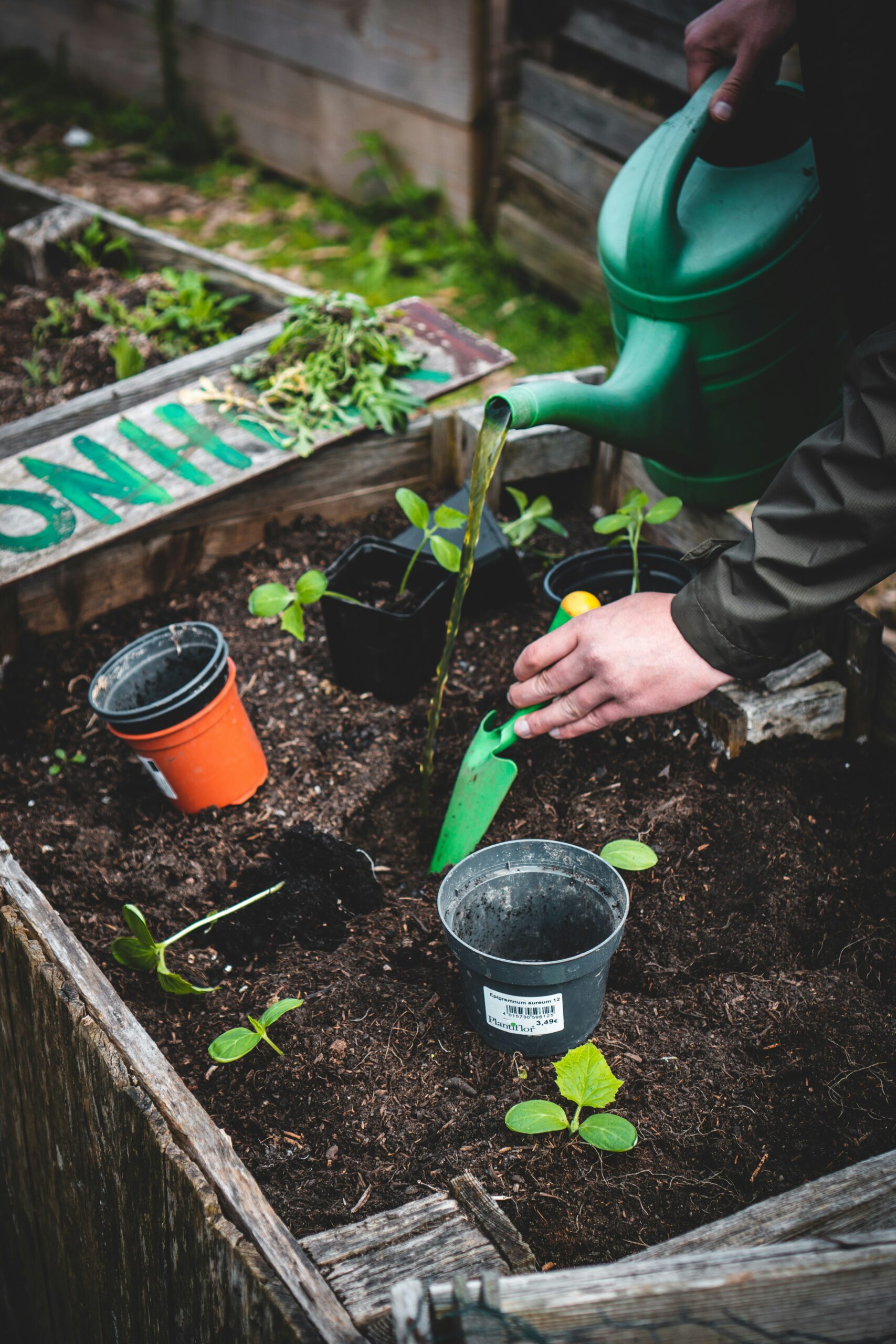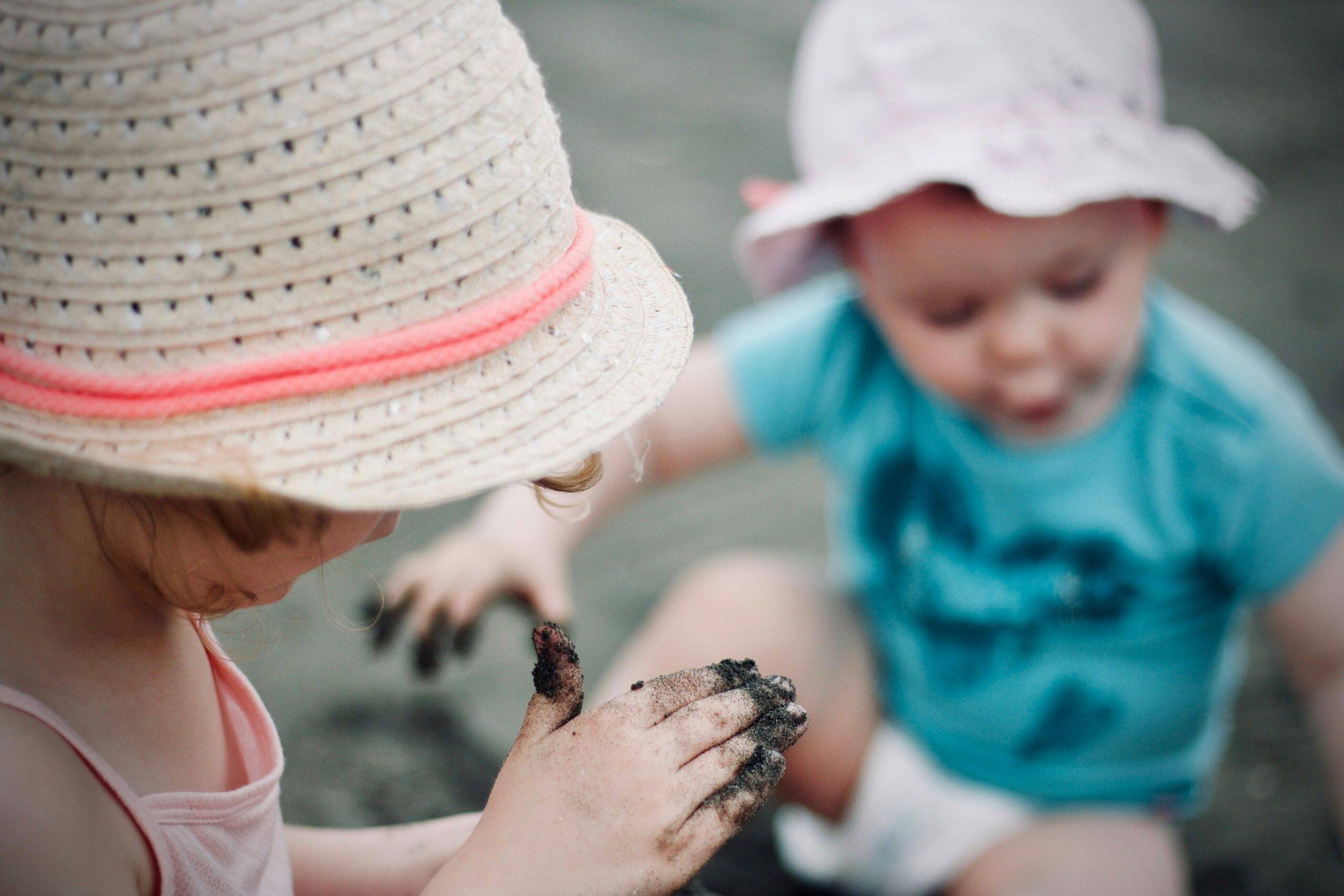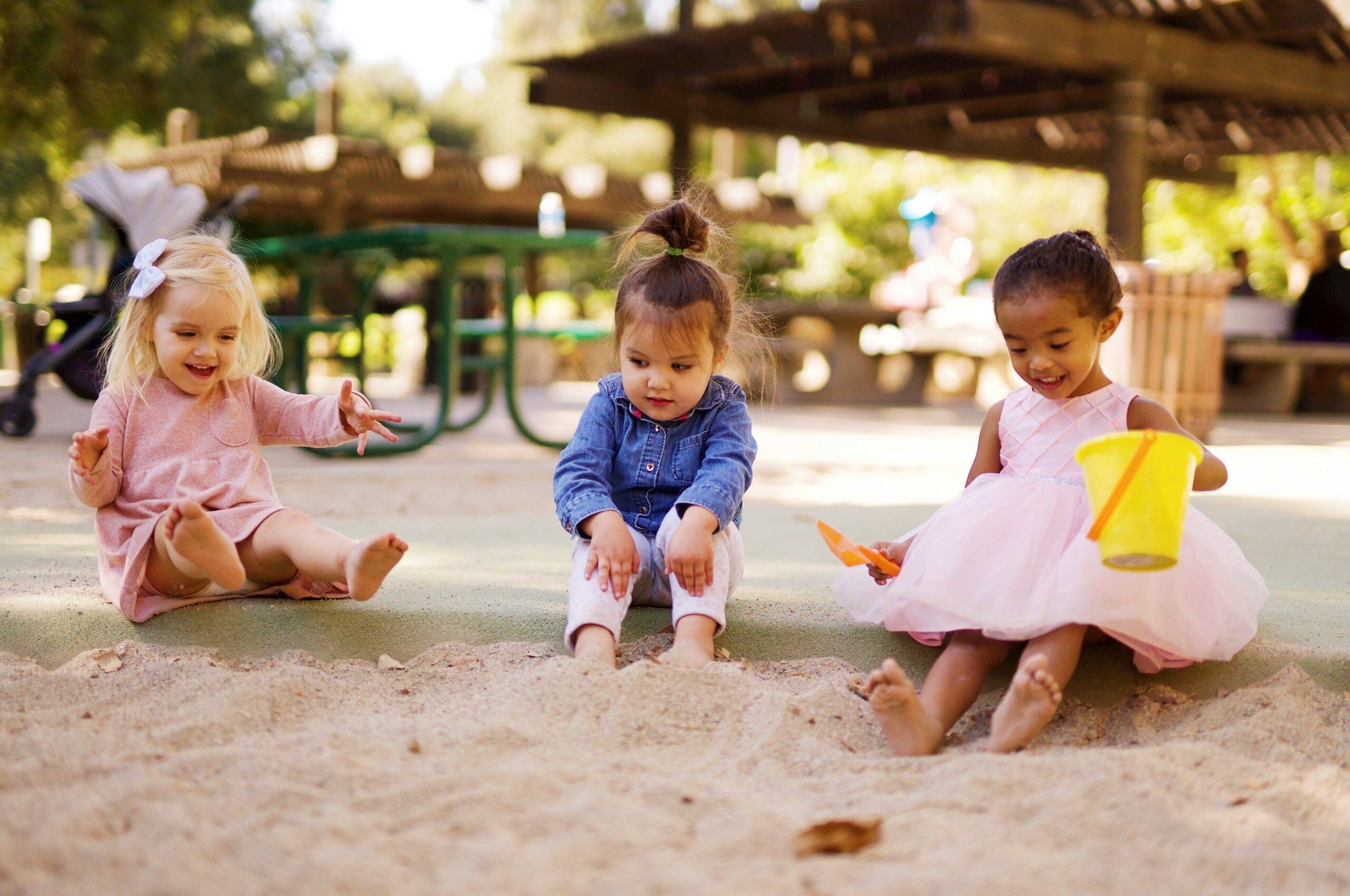Some of the links below may be affiliate links. This means that, at zero cost to you, I will earn an affiliate commission if you click through the link and finalise a purchase. All product recommendations are products that I have used and loved, or products that I would recommend based on experience.
Maslow’s Theory of Hierarchy
Abraham Maslow was an American psychologist who introduced the theory of a hierarchy of needs in 1943 in a paper named The Theory of Human Motivation. According to this theory human beings are born with an inbuilt desire for self-actualization i.e., the desire to fulfil our talent and possibilities.
In order for us to achieve this ultimate goal, there are key necessities that need to be met first. These are structured in a pyramid starting with our most basic needs at the bottom. As these basic needs are met, we ascend through the pyramid of needs until we reach the top where we meet our full potential and realise our talents and possibilities.
How can Maslow’s theory help us rekindle curiosity?
As parents and educators this hierarchy is a useful tool to help us ensure that our children’s basic needs are met so that they can meet their full potential. I believe it also provides us with a glimmer into the possible reasons why curiosity and interest in learning is declining in children. Someone who is highly curious, is also highly motivated to learn. When we learn something new, dopamine, the feel-good chemical, is released, which is our reward system for learning new things.
Having curiosity means we want to know more, find out more, and ask questions. Young children constantly ask questions, but as they grow, their curiosity is slowly declining, and they are asking fewer questions. I, along with my teaching colleagues see this in our students every day, and as they years have gone by, we find children less and less inclined to ask questions. This lack of curiosity leads to a lack of motivation and interest in learning and in an increase in the lethargy we encounter in so many children today.
Based on Maslow’s hierarchy, here are practical steps that we as parents and educators can take, so that the children in our care can grow into happy, curious, engaged individuals that are interested in the world around them.
Physiological needs
These are the basic needs that all humans need to survive. As a starting point our children need proper nutrition and healthcare to support their physical development. You would never feed someone you love junk would you? When our children are infants (actually way before then) we need to know what good nutrition is. We need to learn how to cook and how to feed our families and ourselves wholesome food. Hunger and illness are not conducive to learning.
Security and safety
Next, children need a safe and secure environment where they feel protected. This reduces anxiety. Setting boundaries for kids makes life predictable and teaches discipline, safety and coping skills. Needless to say, that unless children feel safe, learning will not be a priority.
Love and belonging
Once a child feels safe and secure in their environment, then social interactions to fulfil their need for love, friendship and a sense of belonging can be fostered. Spending quality time with children and encouraging friendships help children feel loved and cared for. This is when we are present for our children. When we are reading to them and getting them involved in our everyday activities from cooking, playing games and gardening to watching movies and eating together as a family. Children are learning what it means to belong and feel part of a family and eventually a friendship group, which is important for developing a sense of personal identity and where they fit in the world.
Self-Esteem
When a child feels loved and is secure in where they belong, they are able to develop positive self-esteem. Have you noticed that those that don’t have good self-esteem are often people who feel unloved and don’t have a strong sense of belonging? I think much of the problems with our troubled youth stem from the fact that they don’t feel loved and don’t feel a sense of belonging to their families. If children don’t feel that they have a place in their family, they go looking for their place elsewhere. Often with dire consequences.
To help develop our children’s self-esteem we need to focus on activities that promote self-confidence and a positive self-image. Recognising children’s achievements and unique abilities and celebrating independence and grit. Kids with good self-esteem are more likely to cope with mistakes and feel proud of what they can do. Praising effort, not the child is key here. Instead of saying “You are so amazing and clever!” rather say, “You did so well to keep trying, no wonder you did well. Great job!”
Self-Realisation
The last level is related to personal growth and learning. Now is the time to provide opportunities for children to explore their interests, develop skills and encourage curiosity to meet their full potential. Focusing on their positive behaviours and qualities will help children achieve personal satisfaction and personal growth.
Putting it all together
If we use Maslow’s theory to ensure that the kids we raise and teach are motivated to ask questions and be interested in the world around them, it’s clear that we need to focus on everything else in the hierarchy so that they can feel secure enough to take risks and make mistakes, and to ask questions in the first place.
As adults we not only need to encourage children to ask questions, we must also stop answering for them and give children the time and opportunity to ask questions and share their thoughts without feeling judged or shamed. Asking the right type of questions can be tricky, especially if we come from a background where questioning was not encouraged. No matter what our background, we can reignite our own curiosity when we are open to possibilities and new learning. To get your curiosity juices flowing, download my quick list of question openers and see what happens.
I believe that curiosity is needed now more than ever, and for our children to thrive and survive in an increasingly power-hungry world, the ability to ask questions and be curious will stand us all in good stead.
“The mind is not a vessel to be filled, but a fire to be kindled.” – Plutarch
This kid, nails curiosity! I encourage you to watch this together with the children in your care and ponder how we can all become more curious!
Start a conversation over at Instagram or on my Facebook page. I look forward to seeing you there!
If you found this post helpful or interesting, please share it to social media so that we can grow our community. Thanks!

